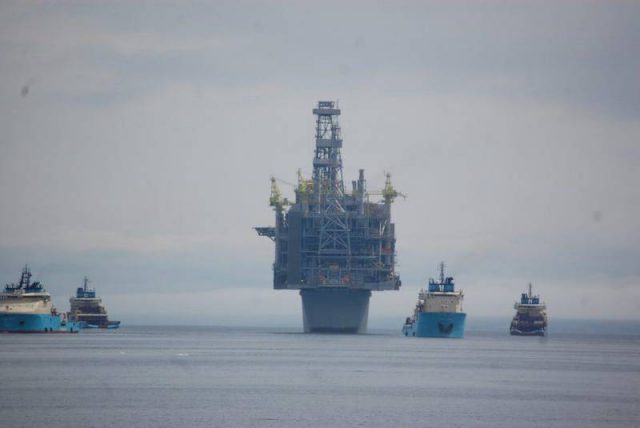Newfoundland offshore drilling: a case of bending environmental impact rules
Covid-19 has fixated world attention. And what attention is focused on fossil fuels is mostly tuned to Trans Mountain and Keystone XL oil sands pipelines that have made it back into headlines. But there is another Big Oil story in Canada that has fallen through the cracks. This other story is about a shocking bending of all the rules regarding an environmental assessment for fossil fuel offshore exploration on the Newfoundland coast.
On March 4, 2020, Minister of Environment and Climate Change Jonathan Wilkinson authorized a derogation of the Impact Assessment Act (IAA) to allow exploratory, offshore oil-and-gas drilling on the Grand Banks of Newfoundland, pending an online consultation process. Originally, this was to be a 30-day consultation process terminating April 3, 2020, but has been extended due to the Covid-19 pandemic.
It has been estimated that the area to be explored has a potential to produce 650,000 barrels per day.
Yet public information about the online consultation, in particular the derogation of the IAA, has been well-hidden from the radar screen of those likely to be concerned about the Grand Banks project. The only portrait I found on the political machinations is in a Le Devoir article from March 23.









